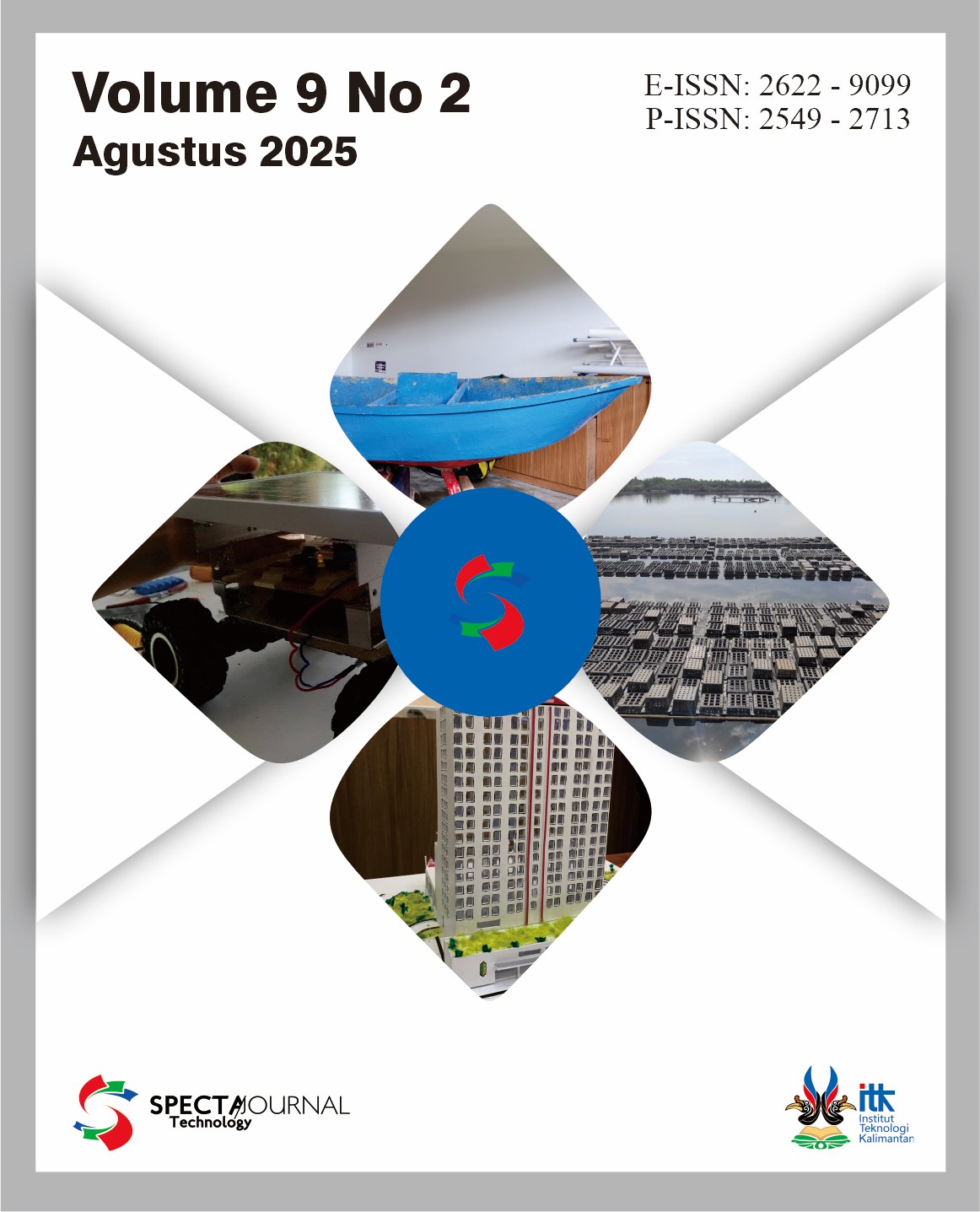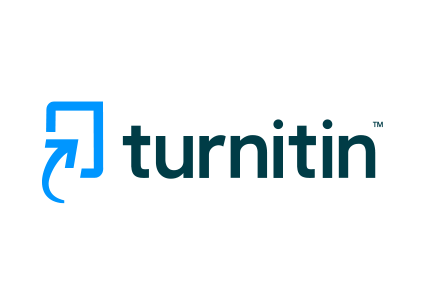Comparative Analysis of Univariate Time Series Models in Forecasting Premium Rice Prices in East Kalimantan
DOI:
https://doi.org/10.35718/specta.v9i2.8481346Keywords:
ARIMA, Forecasting, Rice Prices, East Kalimantan, Trend Projection, Double Exponential SmoothingAbstract
This study aims to forecast the price of premium rice in East Kalimantan for the period 2018 to 2024 using a univariate time series approach. The main issue addressed is the fluctuation in rice prices, which can affect household economic stability and regional food security. In this context, the accuracy of rice price predictions is crucial to support decision-making by stakeholders in the agricultural and trade sectors. Three forecasting methods analyzed in this study include Autoregressive Integrated Moving Average (ARIMA), Double Exponential Smoothing (DES), and Trend Projection (TP). The performance of these methods was evaluated using the Mean Absolute Percentage Error (MAPE) as a measure of accuracy. The results show that the DES method provides the highest accuracy, with a MAPE value of 5.59%, compared to 7.85% for ARIMA and 16.87% for TP. The best ARIMA model obtained was ARIMA (2,1,0), but it was still less precise than DES. These findings also reveal a tendency for premium rice prices to increase over the study period, influenced by external factors such as changes in economic conditions and supply chain disruptions. Therefore, DES is identified as the most reliable method for short-term price trend forecasting. This result contributes significantly to strategic planning in facing volatile market conditions and supports efforts to stabilize rice prices as part of regional food security initiatives.
Downloads
Published
How to Cite
Issue
Section
License
Copyright (c) 2025 Magh Heryan Tudaan, Aris Pransicco Siringo Ringo

This work is licensed under a Creative Commons Attribution-NoDerivatives 4.0 International License.
Authors retain copyright and grant the journal right of first publication with the work simultaneously licensed under a Attribution-NoDerivs 4.0 Generic(CC BY-ND 4.0) that allows others to share the work with an acknowledgement of the work's authorship and initial publication in this journal.




















